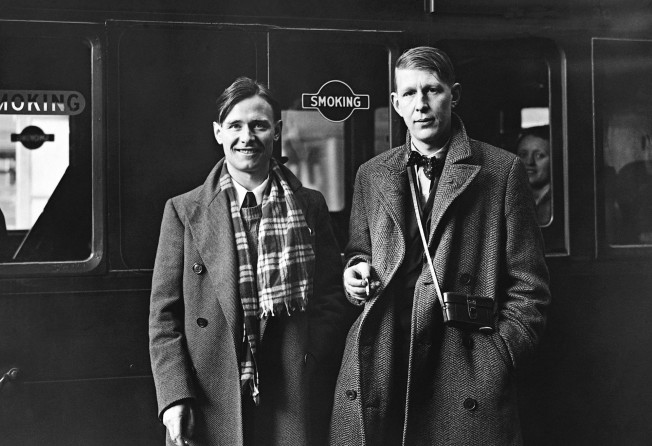Then & now: in search of colour
The Hong Kong that both enamoured and disgusted pre-war foreign correspondents has not entirely vanished, writes Jason Wordie

Foreign correspondents regularly pass through Hong Kong, gather "exotic" material, file their stories and then depart again, content to be the latest instant expert on another far-flung place - at least until the next "authority" happens along. Usually, Hong Kong only forms part of "the story" and merely provides incidental, heavily clichéd, background colour.
And so it was in the late 1930s. When the Japanese invasion of China steadily stalemated through 1939 and 1940 into a slow war of bloody attrition, various writers visited Hong Kong en route to the conflict. Britons W.H. Auden and Christopher Isherwood were the most notable; but in the months before the Pacific war broke out, in December 1941, when all clear-eyed observers agreed that a wider conflict between the European powers and Japan was only a matter of time, numerous international war correspondents passed through the colony.
Two of the most celebrated were Ernest Hemingway and his then-wife Martha Gellhorn. Hemingway spent most of his time in the Hong Kong Hotel in Central boozing with various "sources", but Gellhorn actually made some effort to get out and see what was really going on. During their sojourn, the couple stayed in comfort at the Repulse Bay Hotel, where they fought incessantly and made forays into urban areas in search of material.
The stories she subsequently produced for various publica-tions (mostly Collier's magazine) offer a searing glimpse of how Hong Kong society, poised on the brink of war and invasion, appeared to a socially conscious, outspoken, outside observer. Gellhorn described Hong Kong as a "time-bomb", largely due to its appalling poverty, "the worst I had seen anywhere", which was mostly due to the large numbers of refugees from China who had escaped from the Japanese. Many descriptions are heartbreaking - such as that of a little girl sold into virtual slavery in an opium divan in a Kowloon backstreet, who spent her time, when she was not filling opium pipes and being lewdly fondled by patrons, talking to her pet tortoise.
Known for her compassion for "the poor" and their suffering in the abstract, Gellhorn was nevertheless noted, like many others, for her inability to endure their company for too long. In particular, the then-universal Chinese habit of loud, constant public spitting thoroughly revolted her; she reacted with open horror to the constant gobbing, hawking and avalanche of "wet, solid, disease-ridden plops" that seemed to pursue her every step.
Some observations, such as "The Peak dwellers can see all the beauty of their harbor and their terraced city, but they can neither hear it nor smell it" remain as true today as they were 70 years ago. Others - "the city smells of people … of Chinese cooking and of old sweaty clothes, of dust, of refuse in gutters and of dirty water in drainless houses …" - have largely been rendered obsolete by decades of steady civic improvement.
Another telling observation remains apposite, though - and if anything its relevance has simply amplified further with the passage of time. Lest people today mistakenly assume that Hong Kong must have been a quiet little town 70-odd years ago, think again. In 1941, Gellhorn sharply observed that "to newcomers, Hong Kong seems like a combination of Times Square [in New York] on New Year's Eve, the subway at five thirty in the afternoon, a three alarm fire, a public auction and a country fair with the calliope playing". The average newcomer to today's rackety city - as well as most long-term residents - would say much the same.